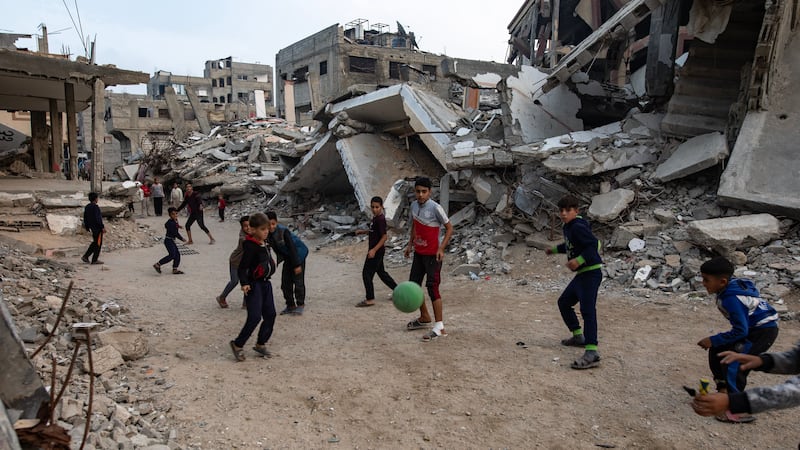The level of conflict in Gaza was last night described by the director of the UN’s humanitarian operations as “on a higher scale” and “more intense than ever before” following the resumption of Israeli air strikes into Gaza after Palestinian militants fired rockets at the end of a three-day truce.
The region has been plagued with conflict for decades, but John Ging, the director of operations at the UN’s Office for the Co-ordination of Humanitarian Affairs, said even delivering humanitarian assistance to besieged civilians in Gaza was like “running the gauntlet”.
"In terms of the number of people killed, the scale of destruction, the trauma suffered by the population by Gaza, it has been more intense, it has been on a higher scale than ever before," Mr Ging told The Irish Times.
‘Humanitarian pauses’
“In the last intensive round of conflict two years ago, there were humanitarian pauses on a daily basis which allowed humanitarian action to occur. This time around, there have been very few pauses and even those were not upheld.”
He said the UN on the ground in Gaza had opened up its facilities to allow people seek sanctuary – but “even there they were not safe”.
“We have seen the terrible shelling of a number of the schools and the tragic loss of life, which is evidence that for the people of Gaza caught up in the crossfire of this conflict there is no safe place once again,” he said.
“We must also remember this is one of the most densely populated places in the world. It’s also a place people are not free to leave. What you find elsewhere in the world when a conflict gets very intense: people flee the area of conflict. That is not an option for the people of Gaza. They are essentially trapped.”
In terms of co-ordinating humanitarian aid, Mr Ging said the strategy was to open up UN facilities and attempt to reach people in their homes.
“The UN facilities are well known and marked very distinctively. They fly the UN flag. They’re known to both sides in terms of their location. The Israelis have GPS references so there can be no mistake exactly where they are.
“It’s also about getting assistance to people in their homes . . . most of the time humanitarian staff are running the gauntlet around the Gaza Strip where people are in urgent and desperate need.
“The power plant being knocked out meant there was no electricity for the vast majority of the Gaza Strip which also meant there was no water being pumped. There was no sewerage being pumped. People didn’t have refrigeration to store food so it went off very quickly in the heat. That made it all the more difficult for people to cope.”
He added that all political leaders “have to be focused on how to get the conflict into an effective political process where solutions can be found that will actually deliver security, peace and development for both societies”.
















